Description
Yokogawa YS1700-000/A34: Your Go-To Programmable Controller for Precision Temperature Control
Tired of controllers that drift during summer humidity spikes? I’ve seen this Yokogawa unit pull through in injection molding plants where competitors’ units falter. One thing I appreciate is how it handles dual-loop control without breaking a sweat—like when you’re running extrusion lines needing simultaneous zone temperature and pressure management. From my experience, it’s the quiet workhorse that keeps production humming when ambient temps hit 40°C.
Key Features That Actually Matter
- Dual-loop control with auto-tuning – Sets it apart from single-loop competitors. One food processing client told me it cut their batch temperature variance by 30% during chocolate tempering cycles.
- 96x96mm DIN panel mount – Fits standard control cabinets without adapter plates. In most cases, you’ll save hours during retrofits compared to odd-sized units.
- RS-485 + optional Ethernet – Communicates with legacy PLCs while future-proofing for IIoT. You might notice the Modbus RTU implementation is unusually robust—fewer comms dropouts during welder interference.
- 4-20mA retransmission outputs – Critical for feeding data to SCADA without extra signal conditioners. Typically eliminates $200+ in peripheral costs per loop.
Technical Specifications
| Parameter | Specification |
|---|---|
| Brand/Model | Yokogawa YS1700-000/A34 |
| HS Code | 9032.89.60 (Automatic process control instruments) |
| Power Requirements | 100-240V AC ±10%, 50/60Hz (15VA max) |
| Dimensions & Weight | 96x96x145mm, 0.7kg (panel cutout 92x92mm) |
| Operating Temperature | -10°C to 55°C (derate above 40°C) |
| Signal I/O | Thermocouple (K/J/R), RTD (Pt100), 4-20mA inputs; Relay/SSR outputs |
| Communication | RS-485 (Modbus RTU), Optional Ethernet/IP |
Where It Shines (Beyond the Brochure)
This isn’t just another panel meter—it’s the controller you reach for when process stability directly impacts scrap rates. I’ve seen it excel in:
• Plastic extrusion lines maintaining ±0.5°C melt temp during shift changes
• Pharma autoclaves where FDA validation requires traceable calibration logs
• Food ovens with humidity swings that wreck cheaper PID controllers
One bakery tech mentioned how its ramp/soak profiles prevented burnt crusts during holiday rushes. Real-world stuff.
Why Procurement Teams Keep Ordering It
While not the cheapest option upfront, it typically pays back in year one. The 365-day warranty covers field failures—not just bench tests—and its compatibility with legacy Yokogawa systems avoids costly re-engineering. And honestly? The firmware updates actually fix bugs instead of adding new ones. We ship in-stock units within a week (max 4 weeks for custom configs), with 50% upfront via wire transfer. Full payment before DHL/FedEx dispatch—no surprises.
Installation & Maintenance Reality Check
Mount it in standard 19″ cabinets with at least 50mm clearance on sides—those SSR outputs get warm during long cycles. Skip the dust filters in flour mills though; they clog fast. From experience: calibrate annually (Yokogawa’s tool takes 8 minutes), blow out vents quarterly, and update firmware during planned downtime. One caveat—it hates direct sunlight on the display, so avoid south-facing control rooms.
Certifications That Actually Get You Through Inspections
CE, UL 61010-1, RoHS 3 compliant. The ISO 9001:2015 stamp on the firmware loader matters more than you’d think during FDA audits. And yes—it passes IEC 61000-6-2 for those nasty voltage dips in older factories. Warranty covers parts/labor but not lightning strikes (bring your own surge protection).

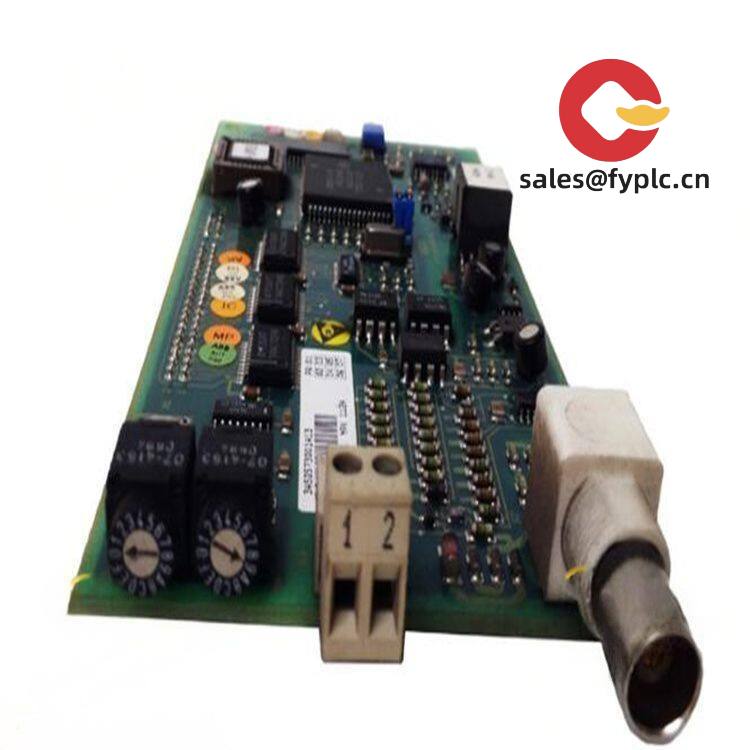
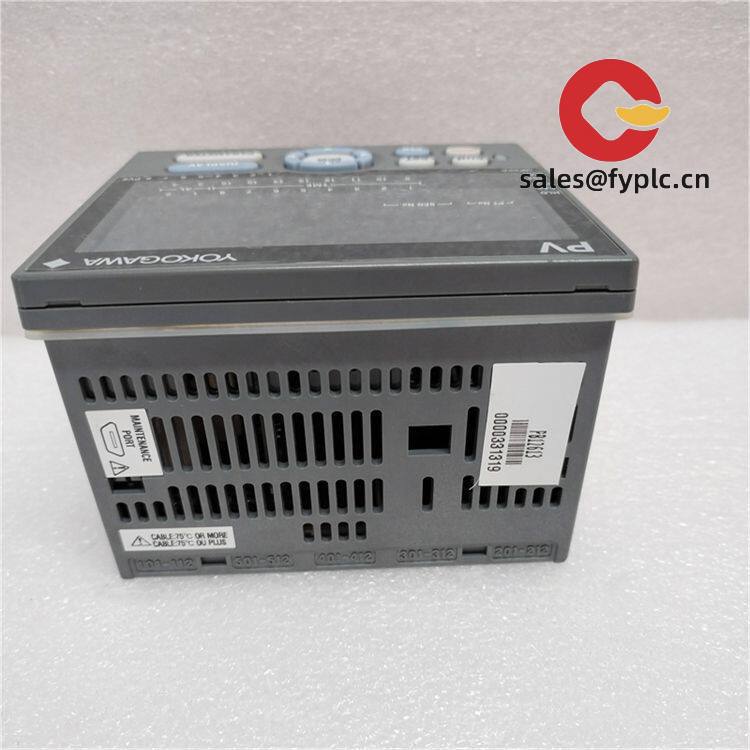

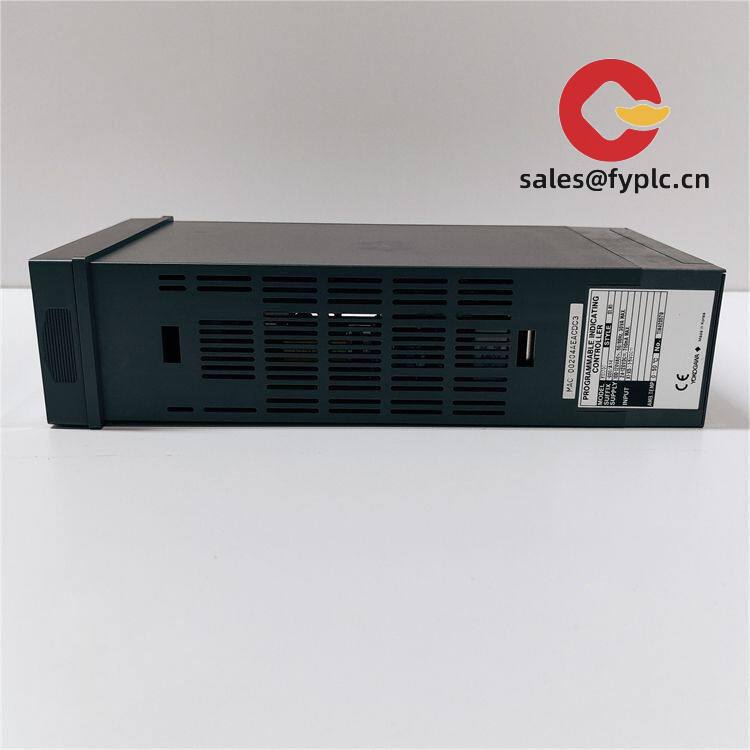
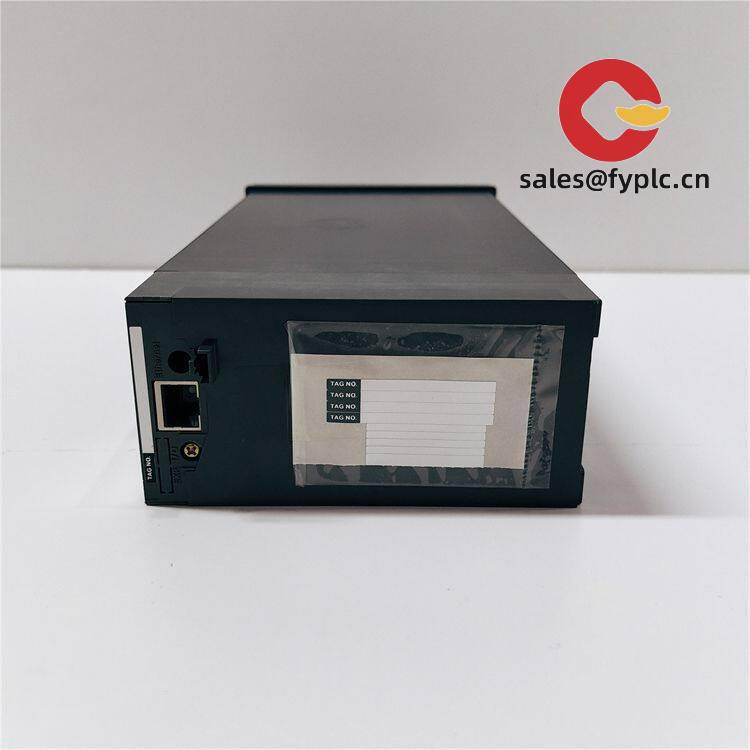
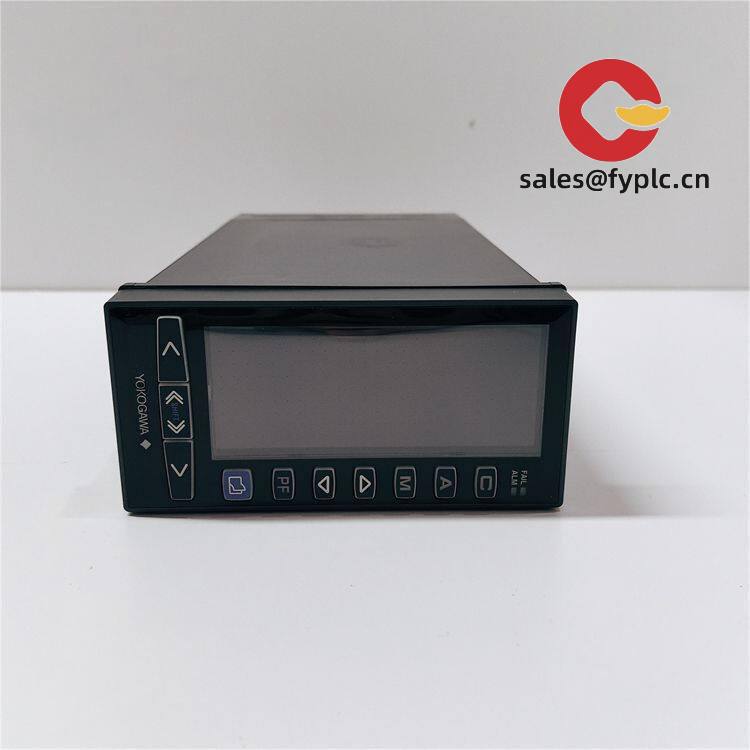


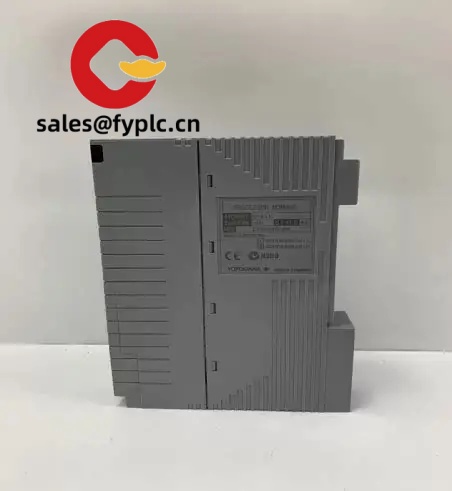
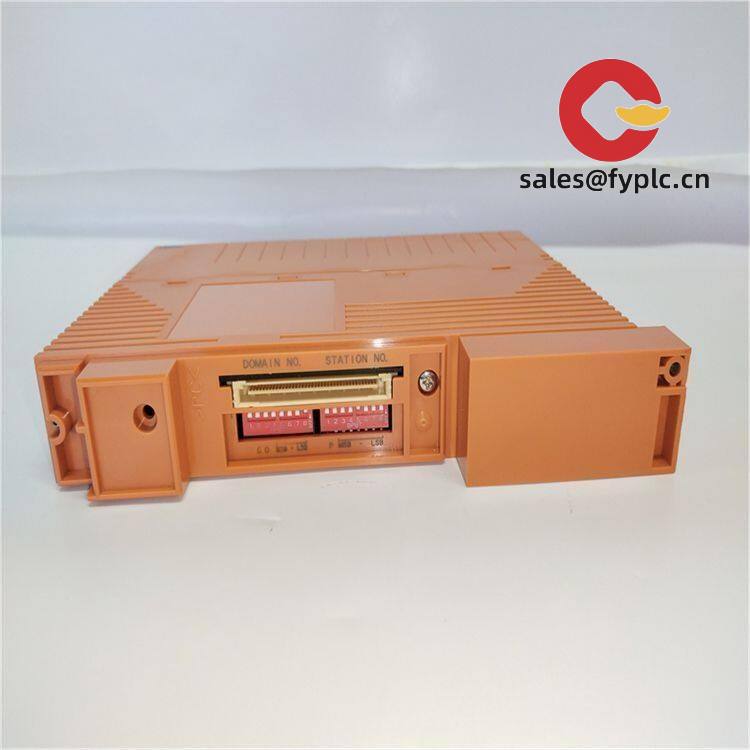
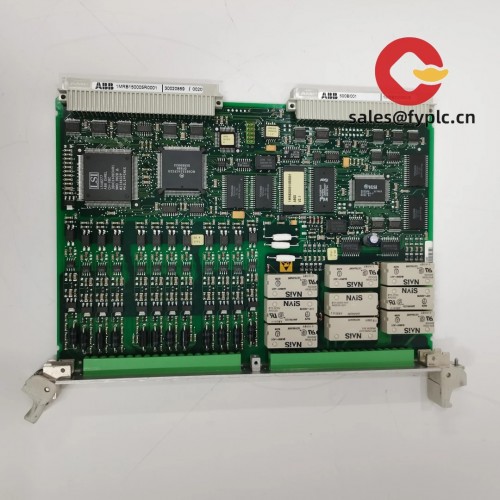
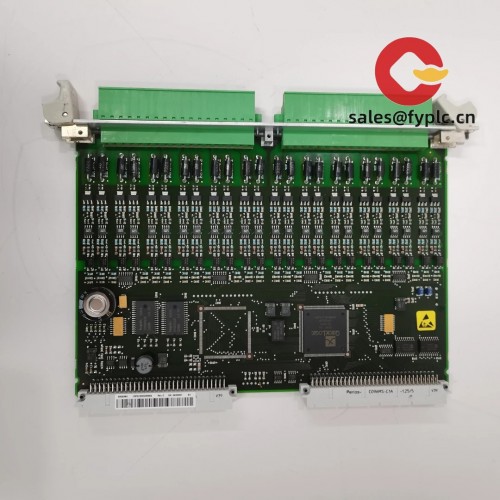
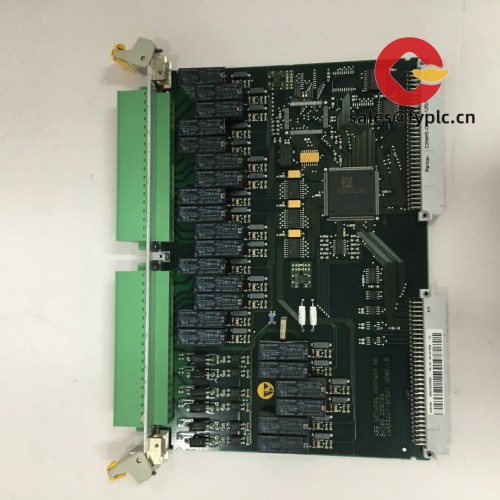
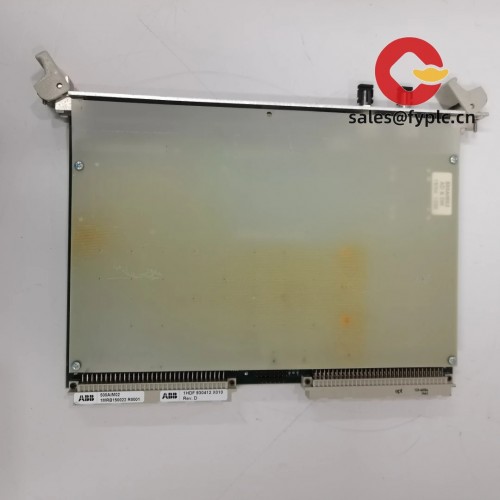



Reviews
There are no reviews yet.